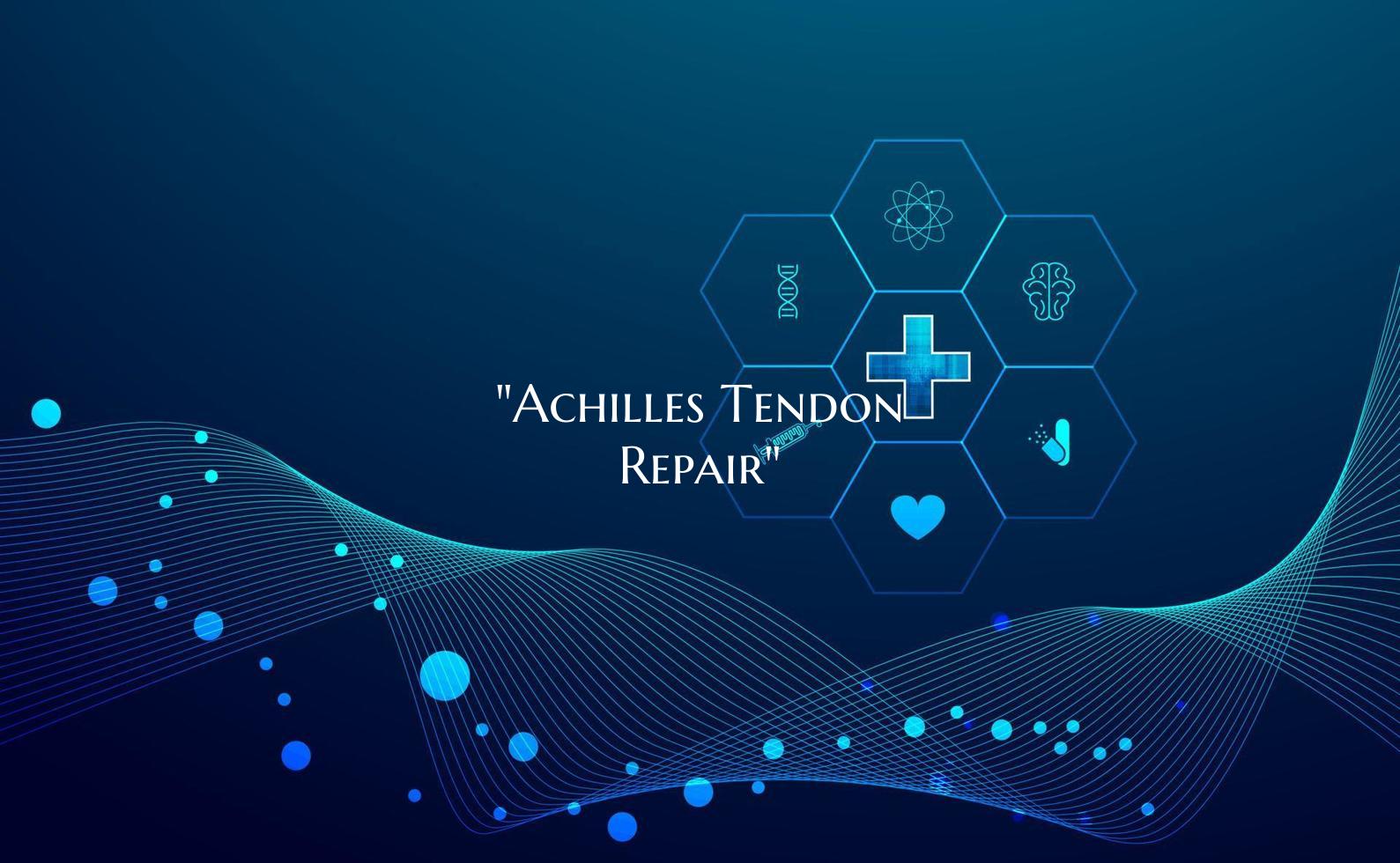
"Achilles Tendon Repair"
Achilles Tendon Repair: Overview, Procedure, and Recovery
The Achilles tendon is the largest tendon in the human body, connecting the calf muscles to the heel bone. It plays a crucial role in walking, running, and jumping. However, due to various factors such as overuse, injury, or degeneration, the Achilles tendon can become torn or ruptured, leading to pain, swelling, and difficulty in walking.
Achilles tendon repair is a surgical procedure commonly performed to treat a torn or ruptured Achilles tendon. The goal of the surgery is to reattach the tendon and restore its function, allowing the patient to regain strength and mobility in the affected leg.
During the procedure, the surgeon makes a small incision in the back of the ankle to access the torn tendon. The ends of the tendon are then reattached using sutures or other methods, depending on the severity of the injury. In some cases, additional procedures such as tendon grafting or reinforcement may be needed to ensure a successful repair.
After surgery, patients typically undergo a period of immobilization and physical therapy to facilitate healing and regain strength in the repaired tendon. It is crucial to follow the post-operative instructions provided by the healthcare team to optimize recovery and minimize the risk of complications.
Recovery from Achilles tendon repair can vary depending on the individual and the extent of the injury. In general, patients are advised to gradually increase activity levels and follow a structured rehabilitation program to improve flexibility, strength, and function in the affected leg.
Overall, Achilles tendon repair is a successful treatment option for restoring function and reducing pain in individuals with Achilles tendon injuries. By working closely with healthcare professionals and adhering to the recommended post-operative care, patients can achieve a successful outcome and return to their normal activities with improved mobility and function.